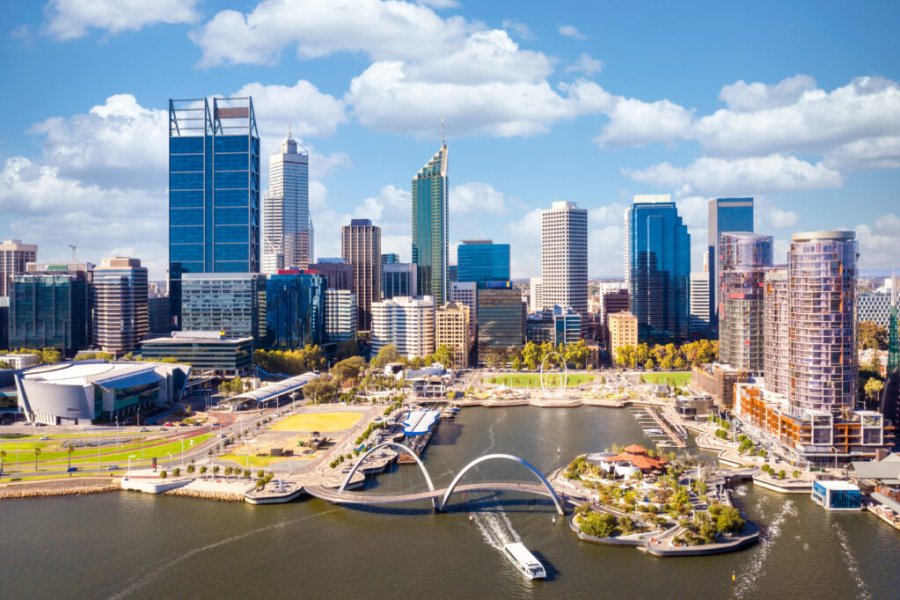Travel Guide Reserva Nacional Río De Los Cipreses
Find an accommodation
Advertising
The reserve, with an area of 36,882 ha, presents a typical ecosystem of this area of the Andes. The main attraction of the park remains the great diversity of its landscapes; the peaks of the mountain range (El Indio, El Agujerado, the volcano Palomo - which culminates at 4 900 m of altitude - or Los Punzones) marry innumerable waterfalls (Ranchillos, Maitenes, El Relvo, El Indio, Los Pangues...) and superb lagoons (Los Piuquenes, Agua de la Vida, Agua de la Muerte). You can see many animals, like the zorro culpeo or the zorro chilla (species of fox), or the tricahue parrot (endangered). From time to time, it is even possible to see vizcachas (a kind of rabbit/squirrel/gerbil). As for the flora, admire the groves of cypresses (Urriola sector) and olive trees. Petroglyphs dating back 5,000 or 8,000 years can also be seen in various places.Epic and legendary stories tell the story of the Pincheira brothers, the last supporters of the Spanish royalist regime, who, at the beginning of the 19th century, took refuge in the gorges and defiles of the mountain range after their misdeeds. They used the Paso de la Guardia, a narrow natural bridge over the Chachapoal River.
Suggested addresses Reserva Nacional Río De Los Cipreses
Weather at the moment
Advertising
Organize your trip with our partners Reserva Nacional Río De Los Cipreses
Transportation
Book your plane tickets
Car Rental
Boat rental
Accommodation & stays
Find a hotel
Holiday rental
Find your campsite
Tailor-made trip
Immersion travel
Services / On site
Activities & visits
Find a doctor
Find unique Stay Offers with our Partners
Pictures and images Reserva Nacional Río De Los Cipreses
There are currently no photos for this destination.



